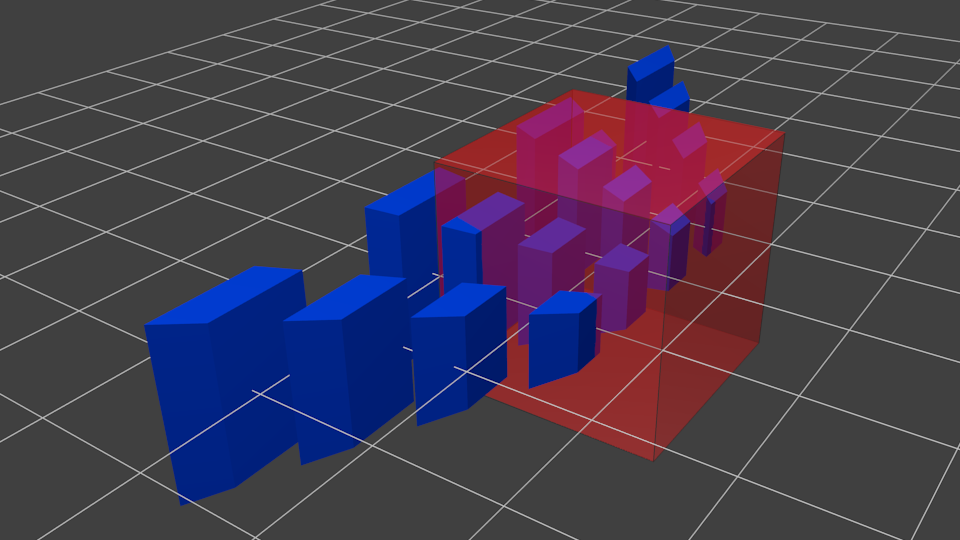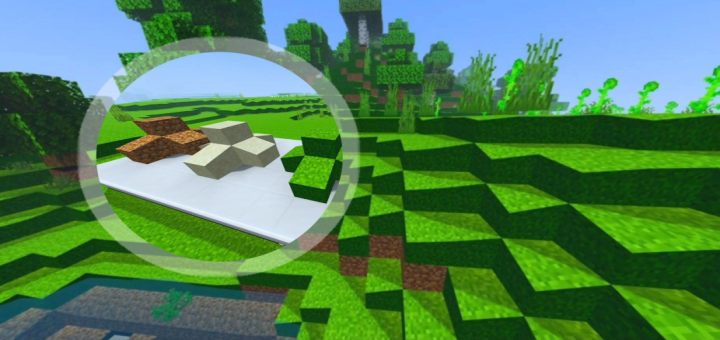


Rats were orally treated with vehicle (water, 1 mL/kg), SDI (191 mg/kg), omeprazole (40 mg/kg) or sucralfate (100 mg/kg) twice daily for 5 days after ulcer induction. Here, we follow the investigation of the healing effects of SDI (ED 50 = 191 mg/kg) in the chronic gastric ulcer model induced by 80% acetic acid in rats, elucidating underlying mechanisms. Recently, our group demonstrated that Sedum dendroideum infusion (SDI) is rich in polyphenols (flavonol glycosides, myricetin, quercetin and kaempferol) and promoted gastroprotection against acute ulcer models, without changes gastric acid secretion.

S edum dendroideum Moc & Sessé ex DC (Crassulaceae) is employed in folk medicine for the treatment of gastric ulcers. Peptic ulcer is an inflammatory disease that therapeutic options are mainly focused in antisecretory drugs. De Melo thanks CNPq (PIBIC) and CAPES (Ph.D.) for fellowships. The four flavonoids here described may explain the antinociceptive and anti-inflammatory effects from S. Both effects seem to be related to an inhibition of prostaglandin synthesis because the plant extract reduced the inflammatory responses induced by either croton oil or formalin second phase, as well as pain stimuli induced by acetic acid. This study showed that the juice from Sedum dendroideum leaves shows anti-inflammatory and antinociceptive activities. Kaempferitrin was the most abundant in this species (0.55% from LJ).įlavonoids have long been recognized to possess a wide variety of biological Conclusions 1): kaempferol 3- O-α-rhamnopyranosyl-(1 → 2)-β-glucopyranoside-7- O-α-glucopyranoside, kaempferol 3- O-α-rhamnopyranosyl-(1 → 2)-β-glucopyranoside-7- O-α-rhamnopyranoside, kaempferol 3- O-α-rhamnopyranoside-7- O-α-rhamnopyranoside (kaempferitrin) and kaempferol 3- O-β-glucopyranoside-7- O-α-rhamnopyranoside. LJ (44.9 g) was separated on an RP-2 column (9.5 cm × 3.8 cm), affording two Phytochemical investigationįour flavonoids were obtained (Fig. This juice (1.9 l) was frozen and lyophilized (LJ). The juice was separated by filtration until a transparent yellow liquid was obtained. 7401) was deposited in the herbarium of the Department of Botany (UFRRJ, Brazil).įresh leaves (2.12 kg) were expressed in a food processor. Sedum dendroideum leaves, out of the flowering season, were collected at São Paulo, SP (Brazil) in December 2001. Here we report our first results of chemical and pharmacological investigations undertaken with a fresh juice from leaves of Sedum dendroideum. Among all the Sedum species that have been investigated, Sedum dendroideum has not received great attention.Ĭonsidering the ethnopharmacological profile of this genus, the aim of this work was to assess the antinociceptive and anti-inflammatory activities and the chemical composition of that species. They are known to contain alkaloids, tannins, flavonoids and cyanogenic compounds (Niemann et al., 1976, Nahrstedt et al., 1982, Mulinacci et al., 1995, Stevens et al., 1995). Sedum species (Crassulaceae) have been used in popular medicine against different disease symptoms (Niemann et al., 1976). Fresh juice of leaves from Sedum dendroideum Moc & Sessé (syn.: Sedum praealtum DC.) is popularly used to treat ulcer (Carlini et al., 1970), general inflammatory troubles (Camargo et al., 2002) and as a contraceptive (Silva-Torres et al., 2003).


 0 kommentar(er)
0 kommentar(er)
